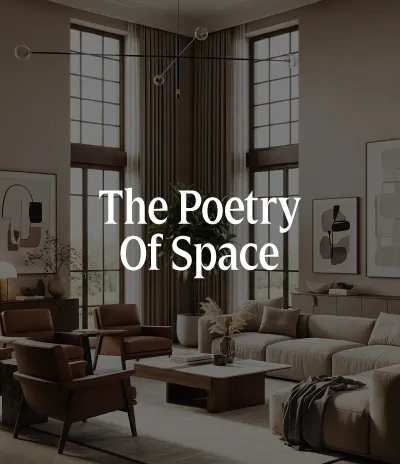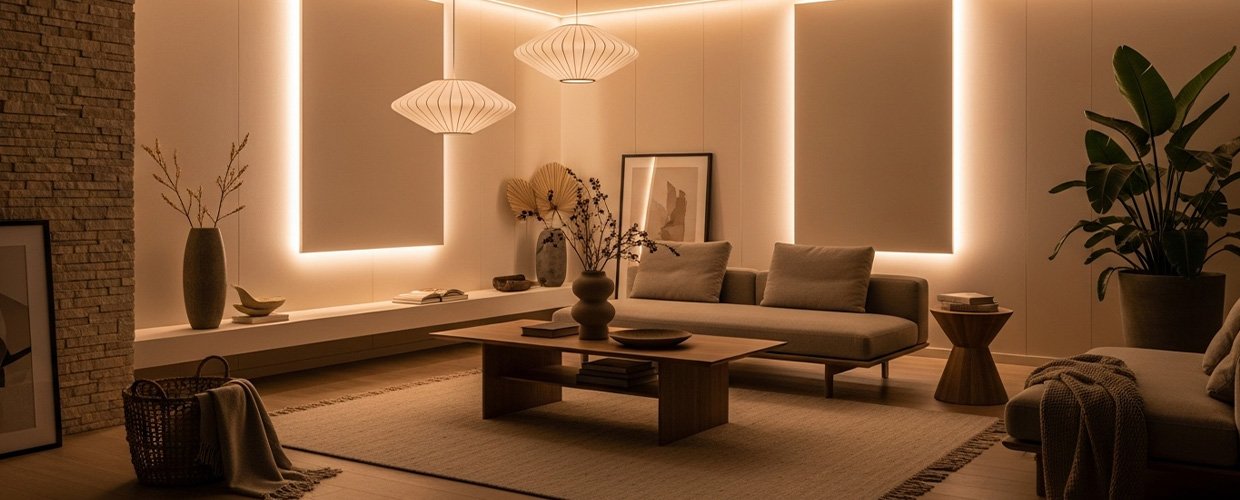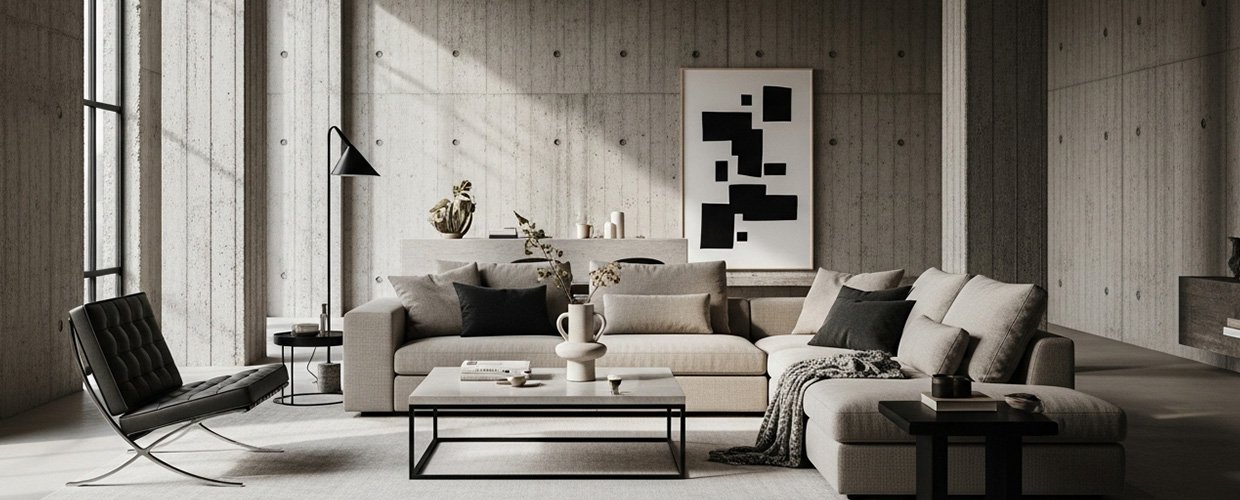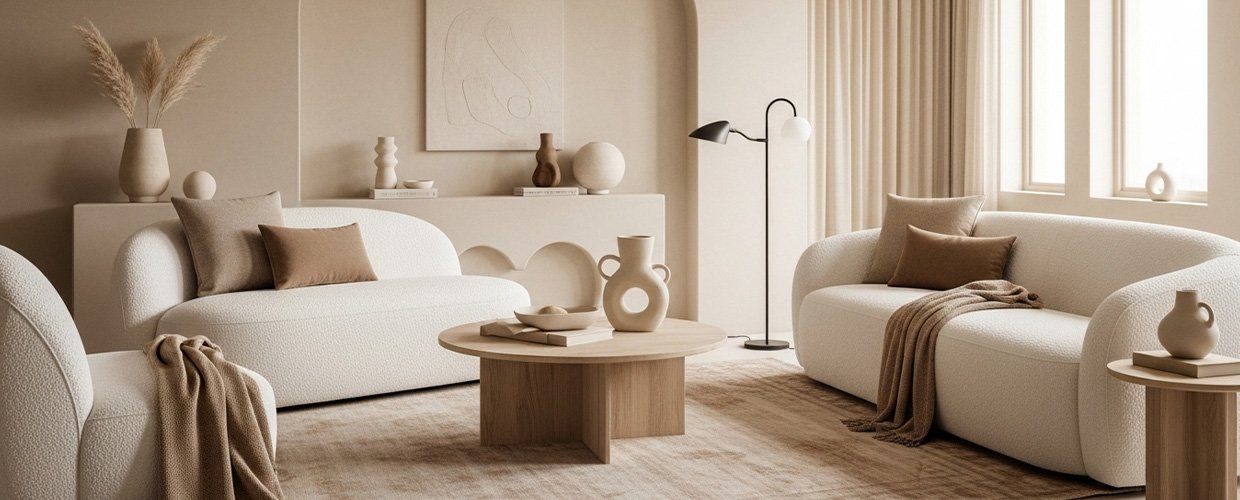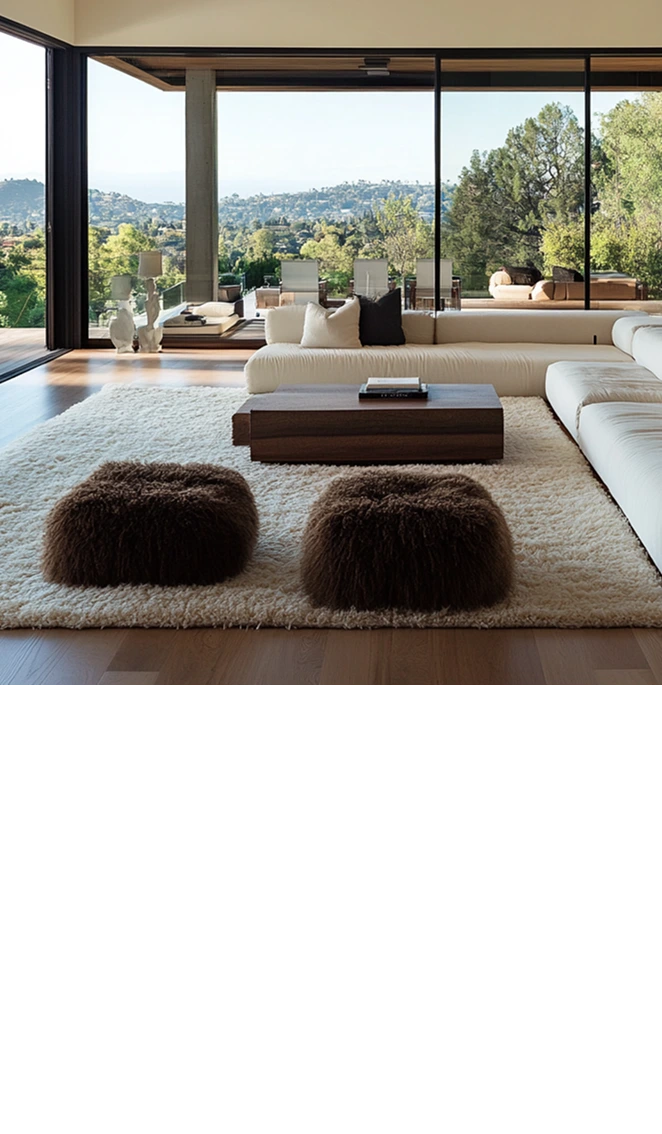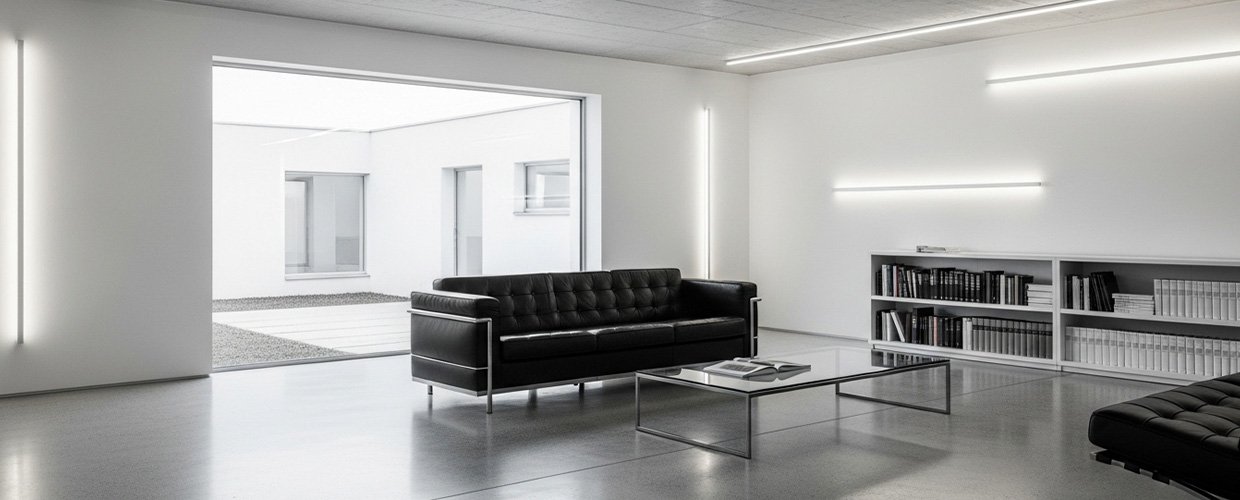
October 17, 2025
Modern vs. Postmodern Design: Understanding the Aesthetic Shift
In the ever-evolving realm of architecture and interior design, the distinction between Modern and Postmodern design remains a pivotal discussion. For the discerning eye, these movements represent not just styles, but philosophies that have shaped the very essence of our built environment. As we navigate through the intricate dance of form and function, it’s essential to understand the aesthetic shift that delineates Modern from Postmodern design. Modern design, rooted in the early 20th century, championed the principles of simplicity, clarity, and functional beauty. It sought to strip away the superfluous, leaving a purity of form that was both revolutionary and timeless. Postmodern design, emerging in the latter half of the 20th century, challenged these very ideals. It celebrated complexity, contradiction, and a playful irreverence, inviting a richer narrative into our spaces. This exploration is not merely an academic exercise; it’s an invitation to appreciate how these movements continue to influence the spaces we inhabit. At AB Concepts, we believe in the poetry of space—where the dialogue between Modern and Postmodern elements creates environments that are deeply personal and timeless, elevating everyday living. Join us as we delve into the nuances of these influential design philosophies.
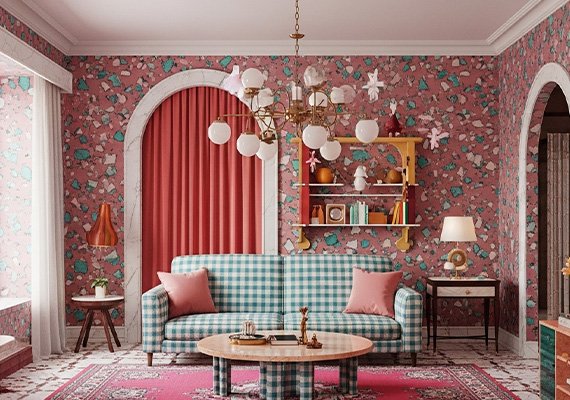
Modern design emerged from the Bauhaus school and the International Style, with architects like Le Corbusier and Mies van der Rohe setting the tone. Their work emphasized open spaces, clean lines, and a seamless integration with nature. The mantra ‘form follows function’ became the guiding light. Materials like glass, steel, and concrete were celebrated for their ability to construct spaces that were both aesthetically pleasing and utilitarian. In contrast, Postmodern design emerged as a reaction to the perceived rigidity of Modernism. Architects like Robert Venturi and Michael Graves introduced a language of eclecticism, ornamentation, and historical references. Postmodernism embraced a vibrant color palette, whimsical forms, and a mix of textures and patterns. It was less about adhering to strict rules and more about storytelling through design. The aesthetic shift from Modern to Postmodern reflects a broader cultural transition—from the pursuit of universal truths to the celebration of individual perspectives. For homeowners and design enthusiasts, this shift offers a rich tapestry of possibilities. Whether you’re drawn to the serene elegance of Modern design or the expressive exuberance of Postmodernism, understanding these styles allows for more informed decisions in crafting spaces that resonate with your personal narrative.
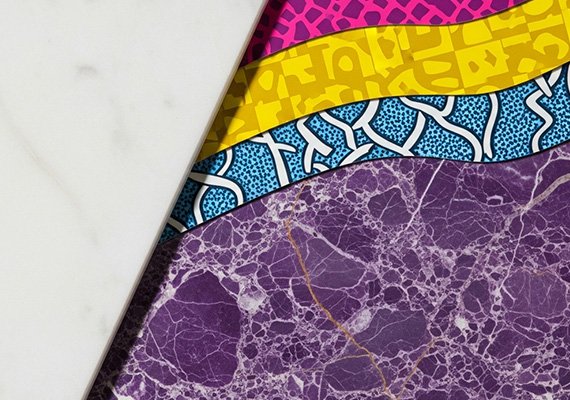
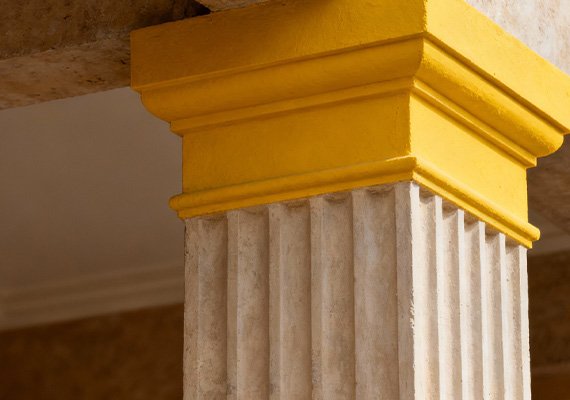
The journey from Modern to Postmodern design is more than a study of stylistic changes; it is a reflection of cultural evolution and personal expression. Modern design, with its emphasis on minimalism and functionality, offers a timeless appeal that speaks to those who value simplicity and clarity. Postmodern design, on the other hand, invites a playful exploration of space, encouraging a dialogue between past and present, tradition and innovation. For those seeking to create spaces that tell a unique story, understanding these movements provides a foundation for meaningful design choices. At AB Concepts, we embrace this dynamic interplay, crafting environments that are both sophisticated and deeply personal. As you navigate your own design journey, consider how the principles of Modern and Postmodern design can inform and inspire your vision. Whether you’re renovating a home or embarking on a new project, these styles offer a wealth of inspiration to create spaces that elevate everyday living. Ultimately, the aesthetic shift from Modern to Postmodern is a testament to the enduring power of design to reflect and shape our world. It is a celebration of diversity, creativity, and the endless possibilities that arise when architecture and interior design come together in the poetry of space.
TRENDING NOW

